Growing Industrial Applications
The Synthetic Diamond Market is witnessing an expansion in its industrial applications, which is contributing to its growth trajectory. Synthetic diamonds are increasingly utilized in various sectors, including electronics, optics, and cutting tools. Their superior hardness and thermal conductivity make them ideal for high-performance applications. For instance, the electronics industry is adopting synthetic diamonds for heat sinks and semiconductors, enhancing device performance and longevity. The market for industrial synthetic diamonds is anticipated to grow at a rate of around 10% annually, driven by the demand for advanced materials in manufacturing processes. This diversification of applications not only broadens the market scope but also reinforces the value proposition of synthetic diamonds across different industries.
Rising Demand in Jewelry Sector
The Synthetic Diamond Market experiences a notable surge in demand, particularly within the jewelry sector. As consumers increasingly seek ethically sourced and conflict-free alternatives, synthetic diamonds present a compelling option. The market for synthetic diamonds in jewelry is projected to grow at a compound annual growth rate of approximately 15% over the next five years. This growth is driven by changing consumer preferences, where millennials and Gen Z prioritize sustainability and ethical considerations in their purchasing decisions. Consequently, jewelry brands are adapting their offerings to include synthetic diamonds, thereby expanding their market reach. The increasing acceptance of synthetic diamonds as a legitimate choice for engagement rings and other fine jewelry pieces further solidifies their position in the market.
Regulatory Support and Standards
Regulatory support and the establishment of standards are emerging as influential factors in the Synthetic Diamond Market. Governments and industry bodies are increasingly recognizing the importance of regulating synthetic diamond production and sales to ensure consumer safety and product authenticity. The development of clear guidelines and certification processes can enhance consumer confidence, thereby driving market growth. Additionally, as regulations evolve, they may encourage more players to enter the market, fostering competition and innovation. The establishment of industry standards is likely to facilitate the acceptance of synthetic diamonds in various applications, further solidifying their position in the market. This regulatory landscape is expected to evolve, shaping the future of the synthetic diamond industry.
Investment in Research and Development
Investment in research and development is a critical driver for the Synthetic Diamond Market. Companies are increasingly allocating resources to explore new applications and improve existing production methods. This focus on R&D is essential for maintaining competitive advantage and fostering innovation within the market. As firms strive to differentiate their products, advancements in synthetic diamond technology are likely to emerge, leading to enhanced quality and new functionalities. Furthermore, collaborations between industry players and research institutions are becoming more common, facilitating knowledge exchange and accelerating technological progress. The emphasis on R&D is expected to yield breakthroughs that could redefine market dynamics and expand the potential uses of synthetic diamonds.
Technological Innovations in Production
Technological advancements play a pivotal role in shaping the Synthetic Diamond Market. Innovations in production techniques, such as Chemical Vapor Deposition (CVD) and High Pressure High Temperature (HPHT), have significantly enhanced the quality and affordability of synthetic diamonds. These methods allow for the creation of diamonds that are virtually indistinguishable from their natural counterparts. As production costs decrease, the accessibility of synthetic diamonds increases, attracting a broader consumer base. The market is witnessing a shift towards more efficient production processes, which not only improve yield but also reduce environmental impact. This technological evolution is expected to propel the market forward, with projections indicating a potential doubling of production capacity within the next few years.


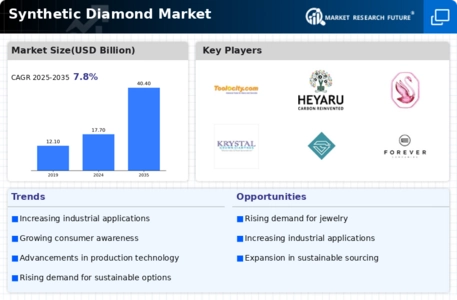
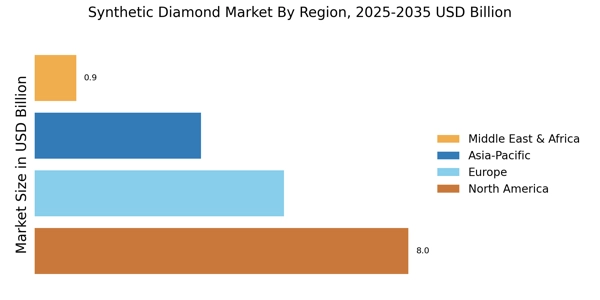
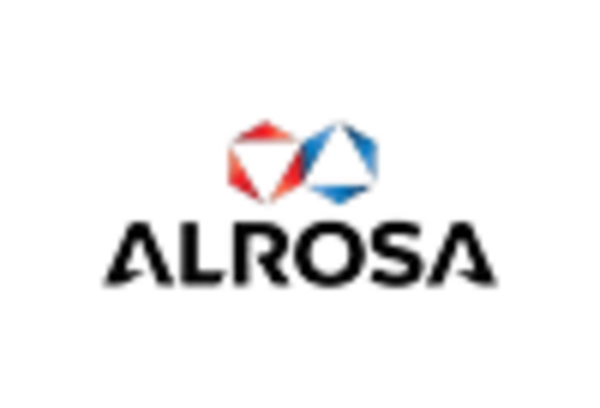
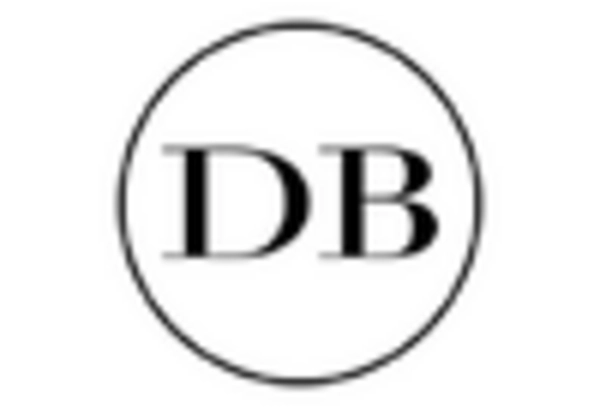


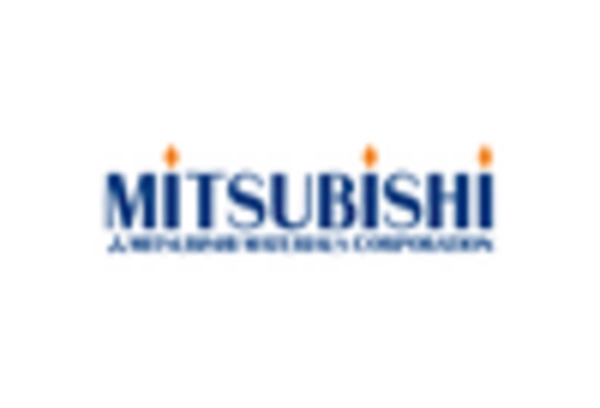









Leave a Comment